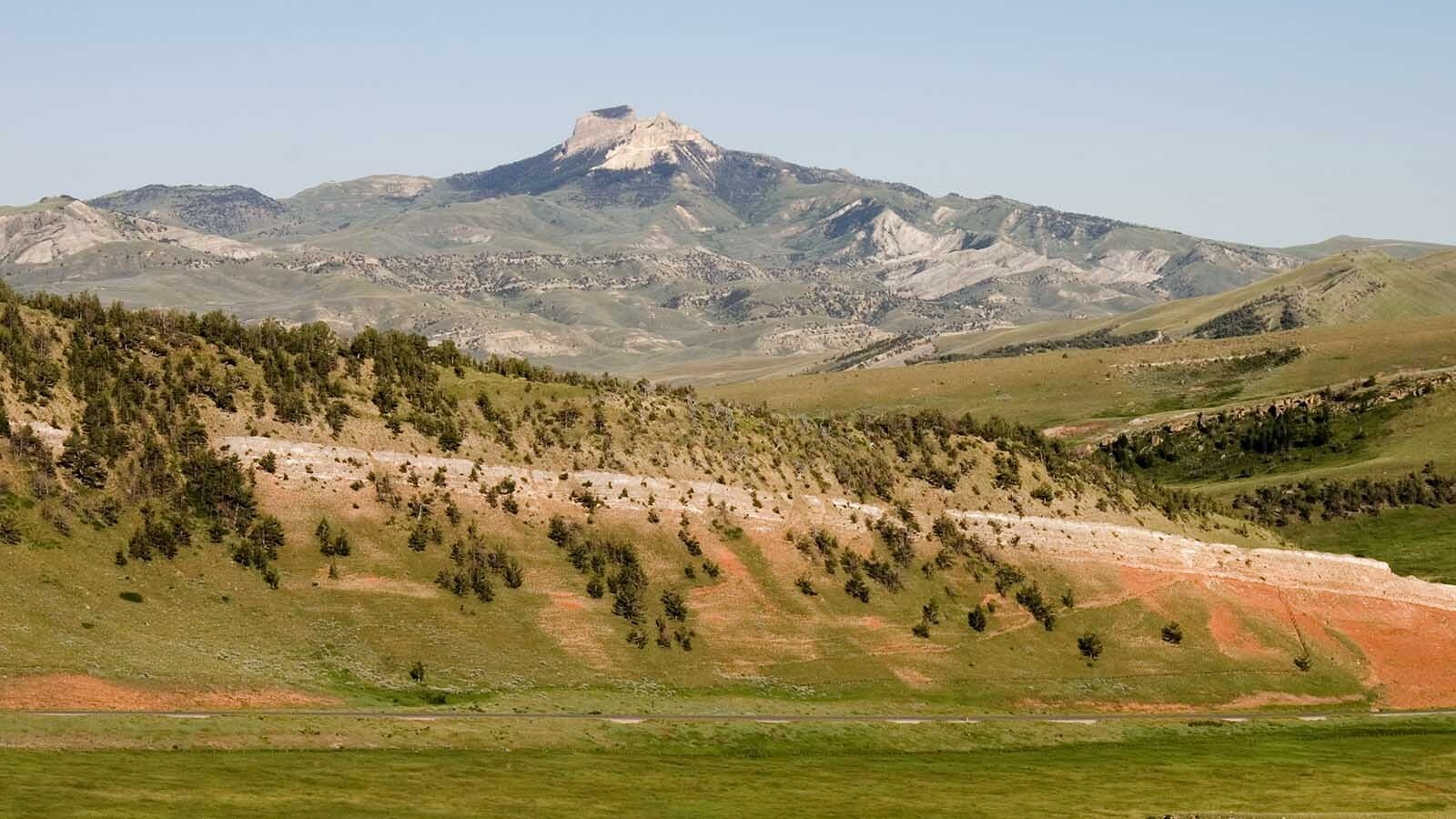A combination of harsh winters and disease has knocked Wyoming’s mule deer population back, leaving hunters less satisfied than they have been years, according to a recent survey.
In 2012, Wyoming had an estimated 376,000 mule deer, and roughly 409,000 in 2017. The latest estimate is that the population has dropped to about 243,000 mule deer.
Meanwhile, 40% of Wyoming resident mule deer hunters surveyed last year reported being satisfied, while 41% responded that they were dissatisfied, and the rest had relatively neutral responses.
That’s compared to reported hunter satisfaction rates of 74% in 2012 and 79% in 2017.
The latest survey of resident mule deer hunters was taken last summer, wildlife biologist Jeff Short told the Wyoming Game and Fish Commission on Tuesday. Short is the Wyoming Game and Fish Department’s Mountain View wildlife biologist and co-chair of the division’s mule deer working group.
Low Deer Numbers And Crowding
Over the past few years, mule deer in parts of Wyoming have taken some hard hits, Short told the commission. There have been some big winter die-offs, as well as outbreaks of epizootic hemorrhagic disease (EHD), sometimes called blue tongue disease.
There is hope that an abundance of forage this past spring and summer left mulies going into this winter with plenty of body fat. That could mean herds in some of the hardest-hit areas could start bouncing back..
But for now, dissatisfied hunters reported being frustrated by low mule deer numbers, as well as some hunting areas feeling too crowded, Short said.
Of those hunters who reported feeling dissatisfied in 2023, 70% said it was because of low mule deer numbers, while 46% reported being frustrated with overcrowding.
Among all the hunters surveyed, there was a ”50-50 split” between those reporting that overcrowding is an abiding concern, and those who think it isn’t, Short said.
Bigger Trophies Wanted
Also, the standards for what hunters consider a “trophy” mule deer also have gone up, he said.
Most hunters think a deer must have at least four points on each side of its antlers to be considered a trophy, Short said. The “inside spread” of the antlers — or the distance in inches between the two main beams — also matters to hunters.
The apparent going standard with Wyoming hunters is that a buck must have a spread of at least 24 inches before they’ll consider it a trophy.
Parsing Out The Responses
The survey was designed to parse out hunters who had pursued mule deer for at least three years running, Short told the commission.
A total of 77,762 surveys were sent out, mostly via email, to Wyoming residents who had bought deer tags for three consecutive hunting seasons.
Of those, 10,183 responded, Short said. Game and fish parsed out those that hadn’t actually hunted mule deer for the past three seasons. That included people who bought a deer license but didn’t actually go hunting, or those who had hunted whitetail deer.
That left 7,487 responses to glean results from, Short said. That’s far better than a similar survey regarding mule deer Montana did that got only about 2,000 valid responses.
Should Whitetail Licenses Be Separate?
Regarding whitetails, there seems to be support among the hunters surveyed that whitetails and mule deer should be treated as separate species by Game and Fish, Short said.
Wyoming deer tags apply to both species in many hunt areas. A proposed measure to manage whitetails and mule deer separately failed to gain traction during the Wyoming Legislature’s 2023 session.
Regarding whether tags for whitetails and mule deer should be issued separately, 45% of the hunters surveyed said they supported that idea. Meanwhile, 24% opposed it and 31% were neutral.
There is some worry that parsing tags for the deer species could make crowding of hunt areas worse, Short said. That concern is highest in the Black Hill region, which has some of Wyoming’s highest concentrations of whitetails.
Mark Heinz can be reached at mark@cowboystatedaily.com.





